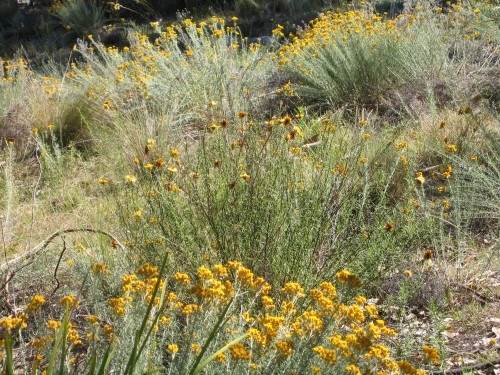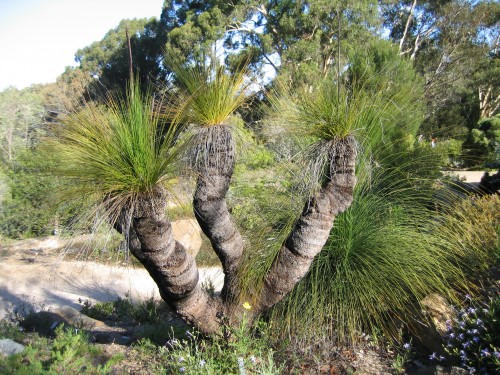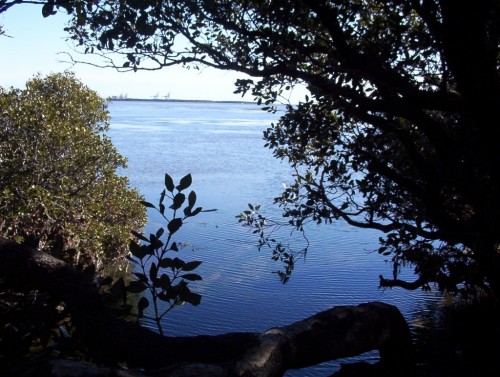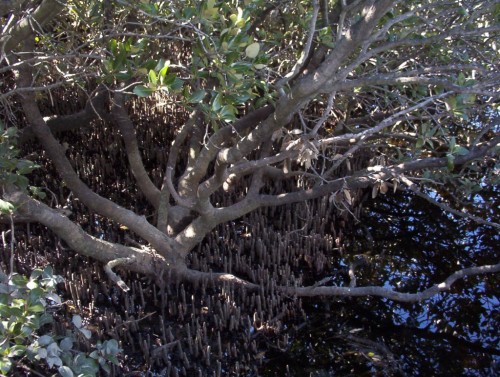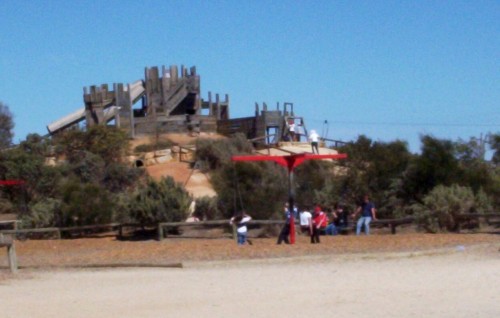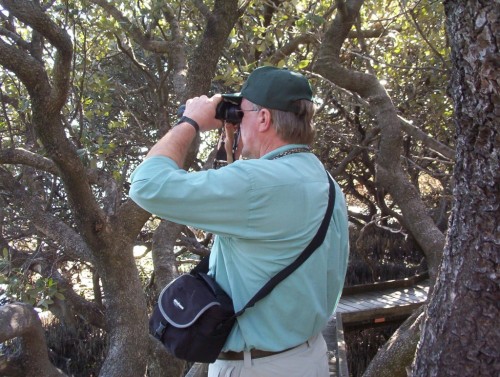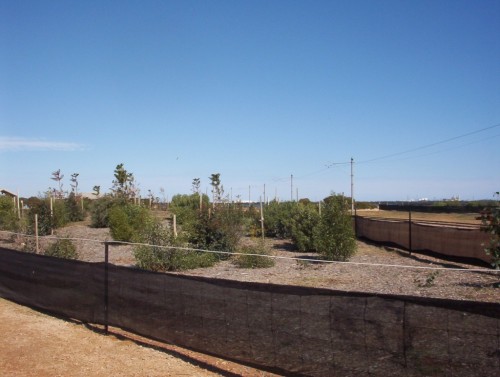Daisies in Cottage Gardens
A cottage garden is the ideal garden for many of the Australian native daisies. Chrysocephalum semipapposum (Clustered Everlasting) was growing in Canberra Botanic Gardens in a wild bush gardens which could have been turned into a cottage garden with its random planting arrangements.
The photo shows the ‘natural’ looking effect that can be achieved by planting several plants of a species in an irregular grouping, with other plants of different form, leaf and flower colour, and height.
Xanthorrhoea johnsonnii (Grass Tree)
I was delighted to see well grown plants of Xanthorrhoea johnsonii in Canberra Botanic Gardens, which has to be my favourite Botanic Garden. This photo was taken in the dry bushland section near the daisies and rockery. They are wonderful architectural plants and look spectacular with their dark trunk. The National Botanic Garden is built on a hillside with what must be great drainage, which these bush plants need.
I discovered that Canberra city has the same annual rainfall as Adelaide, so much of what I saw growing there has a fair chance of success in Adelaide and environs.
Brachychiton rupestris (Bottle Tree)
I found this unusual tree in a park in Nerrandera. It grows to a height of 10-20 metres and a width of 5-15m. It has yellow belll flowers in clusters, each flower about 5 cm long, in Spring and Summer. It grows in full or part sun, in acidic to mildly alkaline sand loam or clay, and tolerates some dryness. It is suitable hills areas and inland planting. The foliage can be partly deciduous, and stock will eat it.
This plant is suitable for pots, parks and large gardens in favourable areas. As it is so slow growing, it would take many years to be a large tree. More information can be found here.
This plant has been used by Aboriginal people as bush tucker. Warning: the seed pods of Brachychiton rupestris (Bottle Tree) have irritating hairs.
Foliage, roots and seeds are edible, however seeds must be roasted. Another warning! Be sure of the identity of all bush tucker plants before eating!
Mangrove Boardwalk
Salisbury City Council manages the Mangrove Boardwalk at St Kilda, SA. There is a good interpretive centre well worth spending time in before embarking on the walk. The information is easy to read by children and there are some interactive displays.
See my husband’s travel blog for more on this unique area.
I did not know that Mangroves (in this case the Grey Mangrove) have a most interesting method of propagation. After fertilzation occurs in the flower, the seed develops in the fruit. When ready to be shed, the ‘seed’ is actually a fully formed ‘seedling’ which will send down a root into the mud. The leaves are already formed. Apparently many are washed out to sea with the out going tides.
In order for the plant to get oxygen, the roots grow vertically from the mud. Some old trees send roots out from trunk and branches. One of the signs made the comment that some of the old trees in the Mangrove forest were probably there when Colonel William Light sailed past at the beginning of colonisation in South Australia.
The walking trail has been designed for wheel chairs and walkers. A small gopher would probably negotiate the trail well also.
St Kilda SA, Mangrove Area
We found ourselves not far from St Kilda, off Port Wakefield Rd. north of Adelaide today. Decided to have the full day off after losing the morning, so continued on to St Kilda. We had heard of the Mangrove Board Walk years ago and never got there. It is great. There is plenty in the vicinity for children to do.
There were children dressed up as pirates storming the ramparts and manning the ‘old wreck’ (maybe fans of ‘Pirates of the Carribean’!) Teenagers and young adults had fun on the big slide and flying fox. There is a nice grassed picnic area, lots of safe places for fishing and of course the board walk. We enjoyed late morning tea there and later, lunch. I always pack a thermos and food when we do things like this. It is much more interesting looking at plants and birds whilst having a cuppa than the four walls of a shop.
This is quite an exposed area of Gulf St. Vincent and plants must withstand the blast of salt winds. One of the toughest plants, obviously planted some time ago, is the old man salt bush, Atriplex nummularifolia. There are new plantings of other species that have been protected by a shade cloth wind break while the plants were small. They are now up above the fence and looking good.
